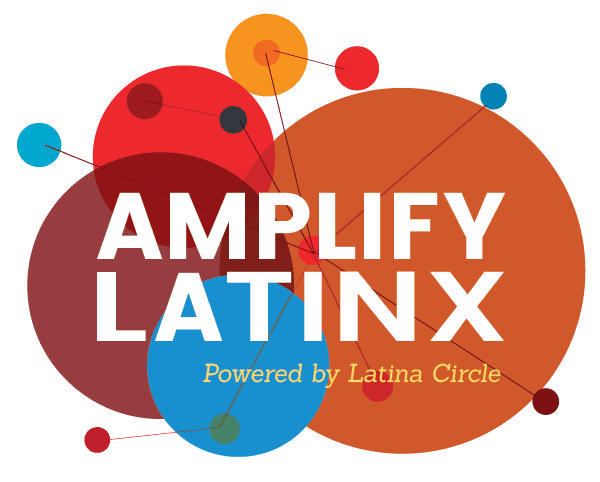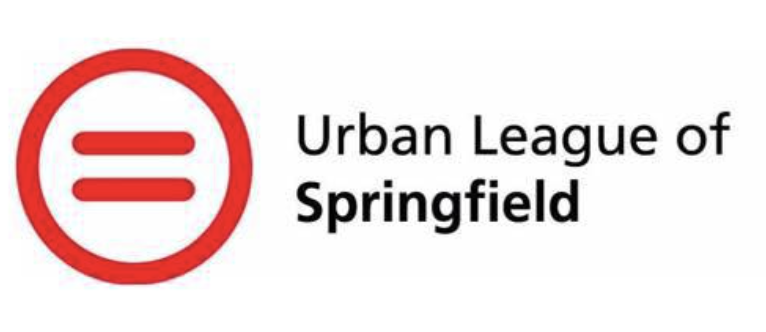25 Years of Progress, But More Work to be Done
This year, Massachusetts celebrates the 25th anniversary of the Massachusetts Education Reform Act (MERA), and indeed Massachusetts has a lot to celebrate in a long history of leading in public education.
But as we celebrate the successes, we must also reflect on honestly on what we have not yet accomplished. Underneath the #1 ranking are glaring and persistent disparities that separate students from low-income families and students of color from their peers.
In an effort to drive attention to and action on these inequities, a diverse group of advocates has formed the Massachusetts Education Equity Partnership. The group has released a report titled Number One for Some, Opportunity and Achievement in Massachusetts to highlight these critical disparities.
There Is No Excellence Without Equity
If Massachusetts truly wants to be number one, the next phase of educational improvement must focus on confronting and addressing these disparities.
Report Highlight #1
An Honest Look at the Data
Any effort to change must be based in a clear understanding of where we stand now.
- In Massachusetts, less than 1 in 3 Black and Latino 4th graders are on grade level in reading – half the rate for the state’s White students.
- Only 28% of low-income 8th graders are on grade level in math – again, less than half the rate for higher income students.
- 1 in 3 English learners don’t graduate on time – and 1 in 7 drop out of school entirely.
- Less than 1 in 3 Black and Latino students who take the SAT meet college-readiness benchmarks in reading and math – compared to 2/3 of their White peers. Too many graduates of color don’t enroll in postsecondary education at all, and among those that do, too many have to take remedial courses.
Report Highlight #2
Opportunities Drive Outcomes
These disparities in outcomes are the direct result of inequities in opportunity, both outside and inside the school system.
Percent of children 15 and under growing up in poverty in Massachusetts
In Massachusetts, 15 percent of children under the age of 15 grow up below the federal poverty line, nearly 40 percent of students in Massachusetts have experienced trauma, and in 2016-2017, more than 20,000 Massachusetts children.These unconscionable realities are the result of deliberate policy choices and must be reckoned with.
But inside the education system, low-income students and students of color get less of every resource that matters for educational success.
- Massachusetts is no longer among the states that direct more state and local dollars to the districts serving the most low-income students.
- Latino students and students from low-income families are less likely to access early childhood education programs.
- Black and Latino students in Massachusetts are three times more likely than White students to be assigned to a teacher who lacks content expertise in the subject they teach.
- Black and Latino students are under-represented among students completing AP courses — and over-represented among students suspended out-of-school.
Report Highlight #3
Disparities have Consequences
These disparities have profound and lasting consequences for individual students, for our economy, and for our democracy.
In our state, as across the country, the relationship between education, individual earnings, unemployment and civic engagement are undeniable. With the state’s continuously changing demographics, Massachusetts’ success depends largely on the success of low-income students and students of color.
The Massachusetts Education
Equity Partnership
To truly be excellent, we have to do dramatically better by students and families who have been underserved in Massachusetts for far too long.
As a diverse group of equity advocates, we stand ready to tackle this challenge head on. And we stand ready to support educational leaders who are willing to do the same, and put pressure on those who aren’t.












